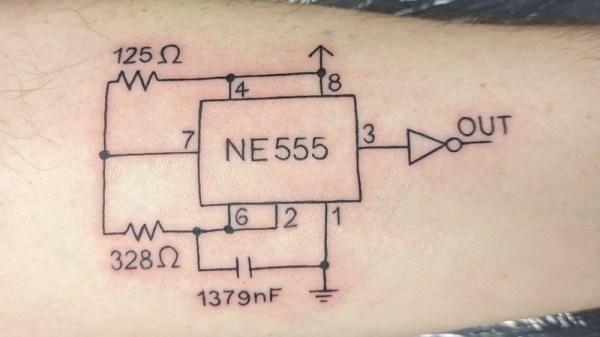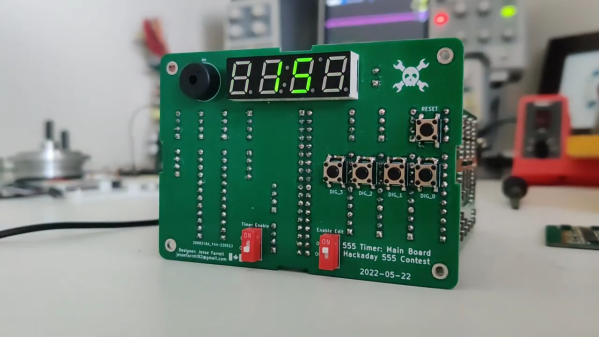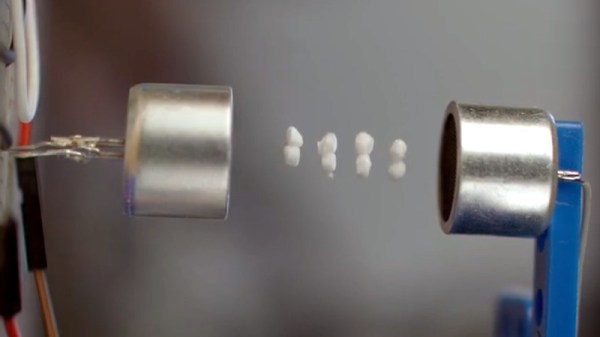Have you tried your hand at circuit sculpture yet? Well, if you were waiting for the ideal first project with a great build video to go along with it, keep reading. [4dcircuitry]’s 555-based flashing circuit sculpture ticks all the go-for-it boxen for us — the component list is short, the final circuit looks cool, and well, there are blinkenlights.
Of course, it’s not quite a zero-entry project. Although [4dcircuitry] makes it look oh-so easy build it in the video below, they are using 1206 components and an SOIC-packaged 555 timer here. On the other hand, they start by smartly laying everything out on double-stick tape before applying flux and soldering. Then when it’s time to run the wires that no one wants to see, [4dcircuitry] carefully tweezers it from the tape and flips it over, re-using the tape do solder up the back side.
Don’t have the patience to solder 1206? All component sizes are beautiful, as evidenced by this amazing circuit sculpture clock.
Continue reading “Test Your Capacity For Circuit Sculpture With Flashing Lights”


















